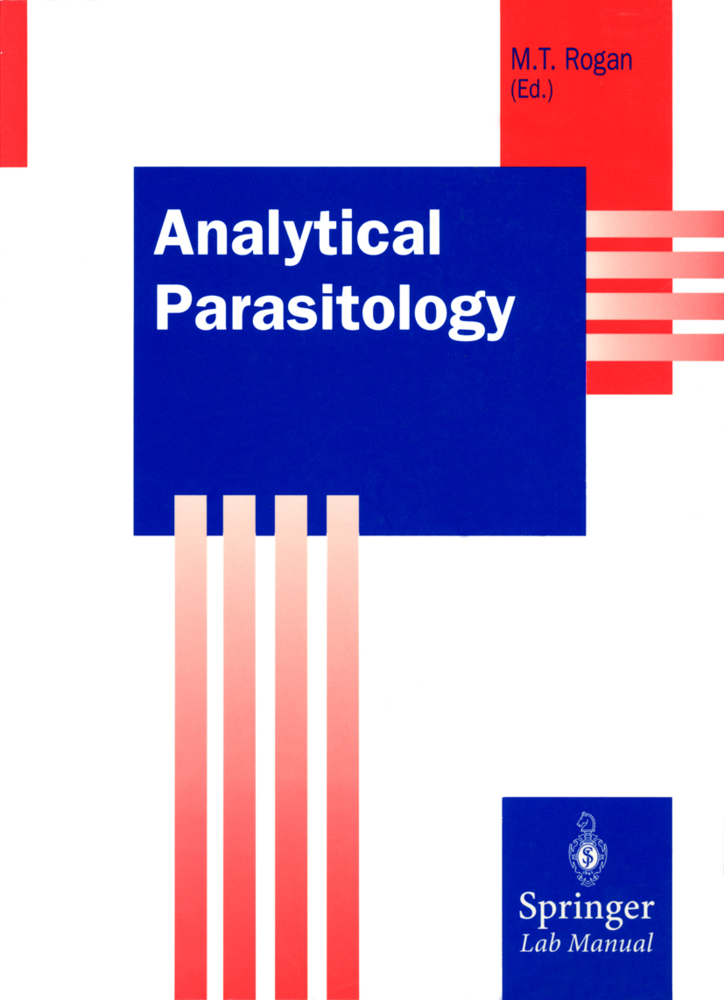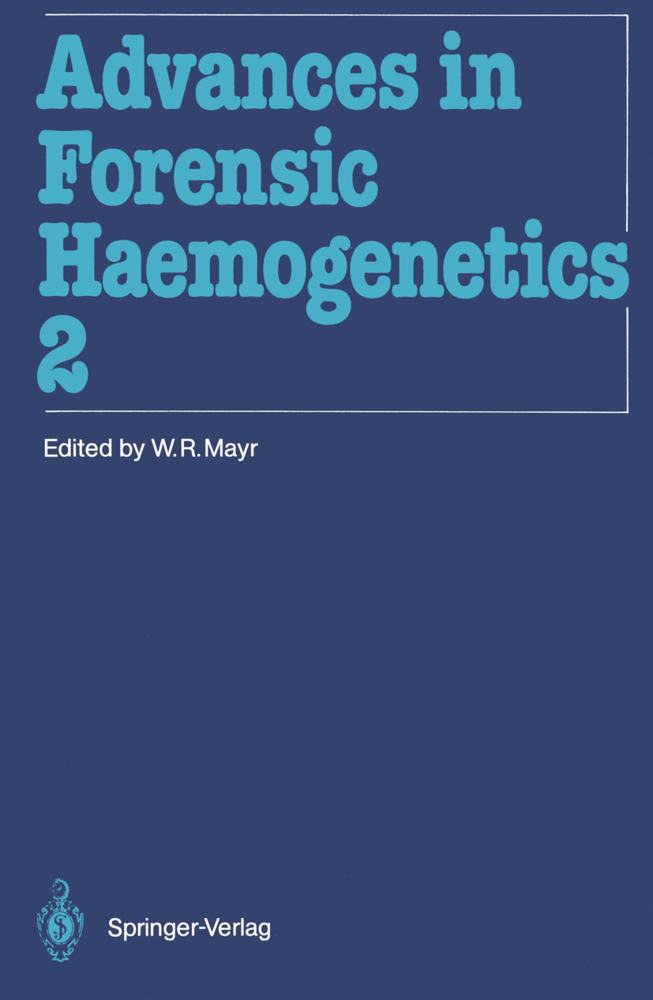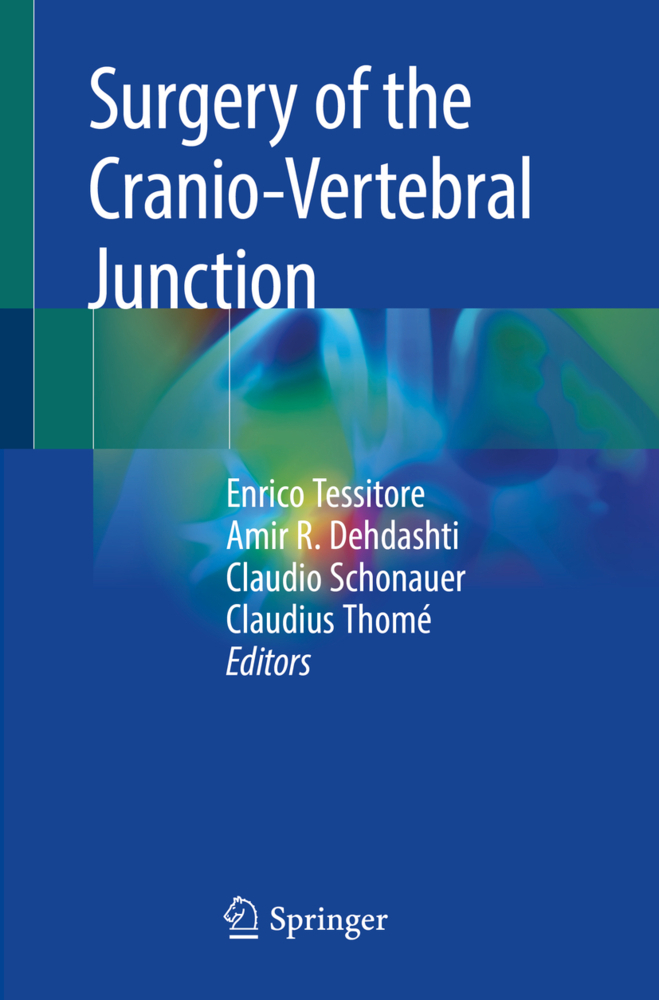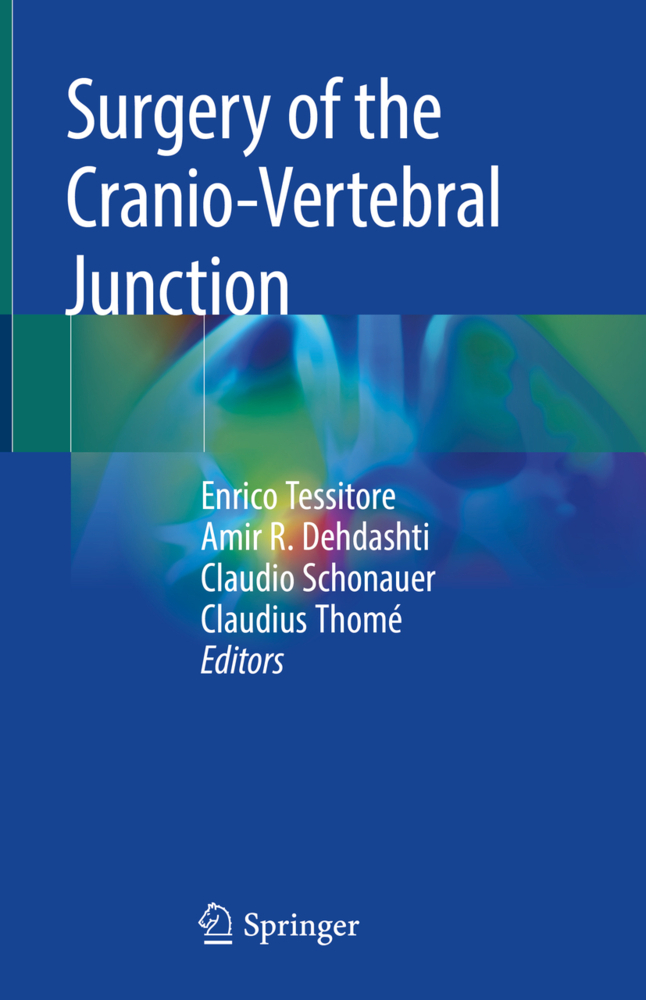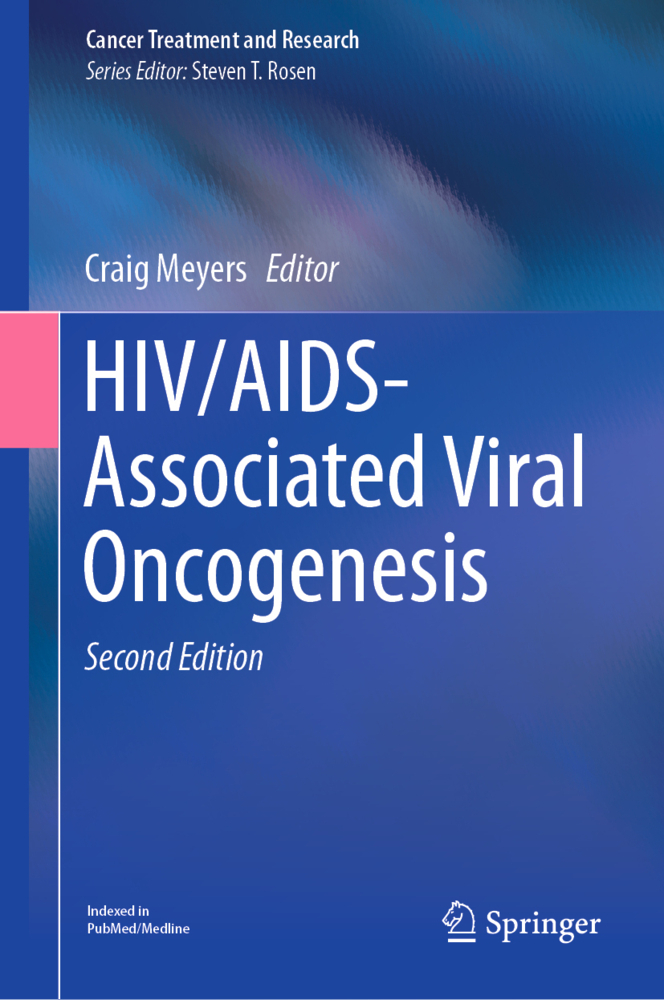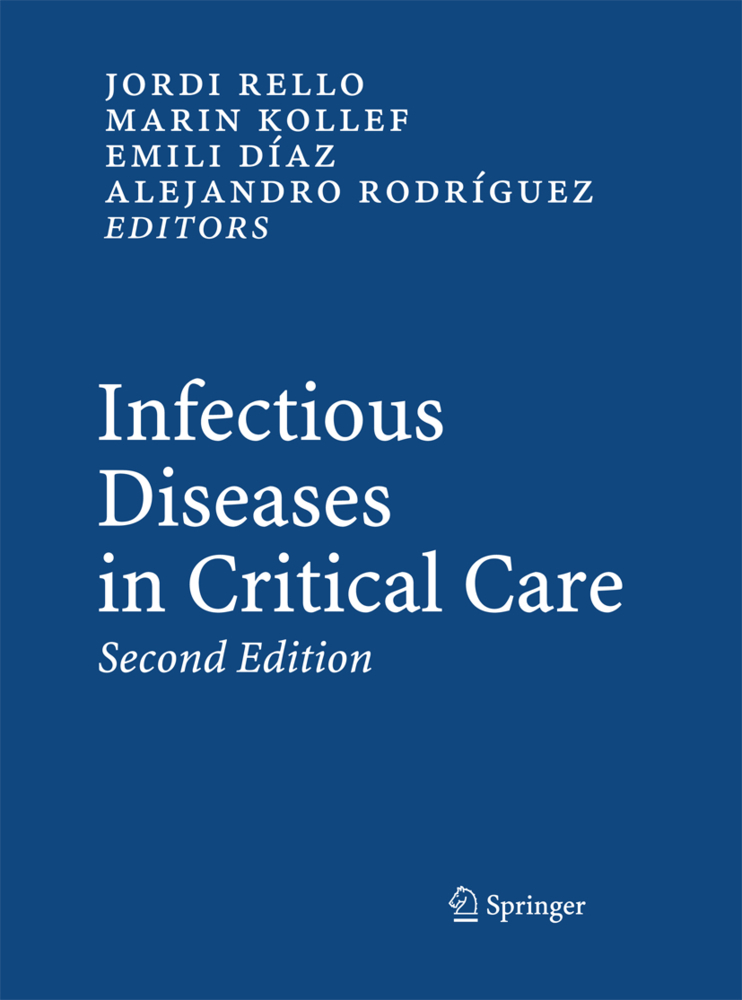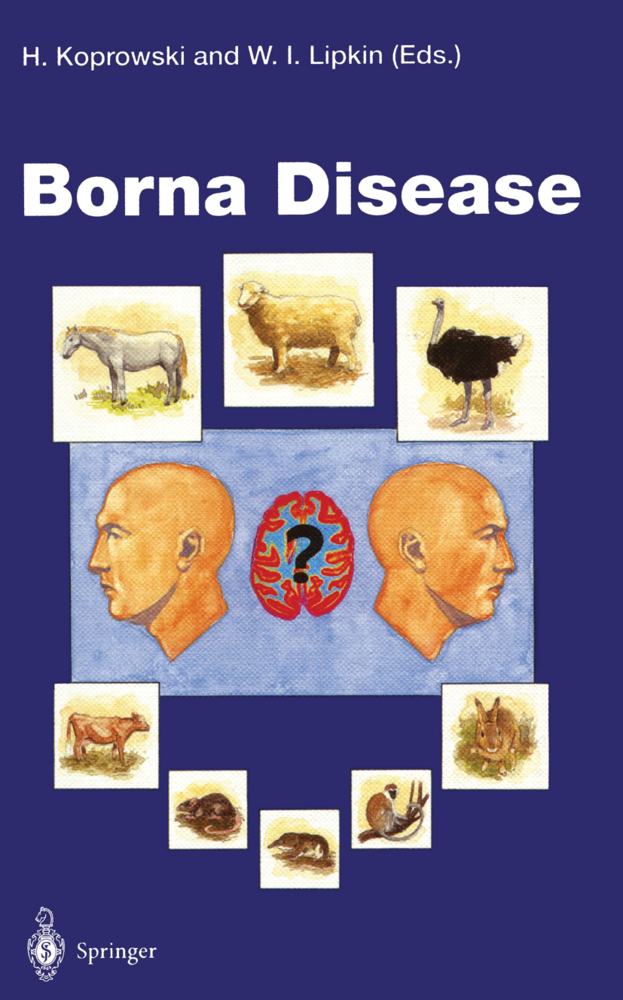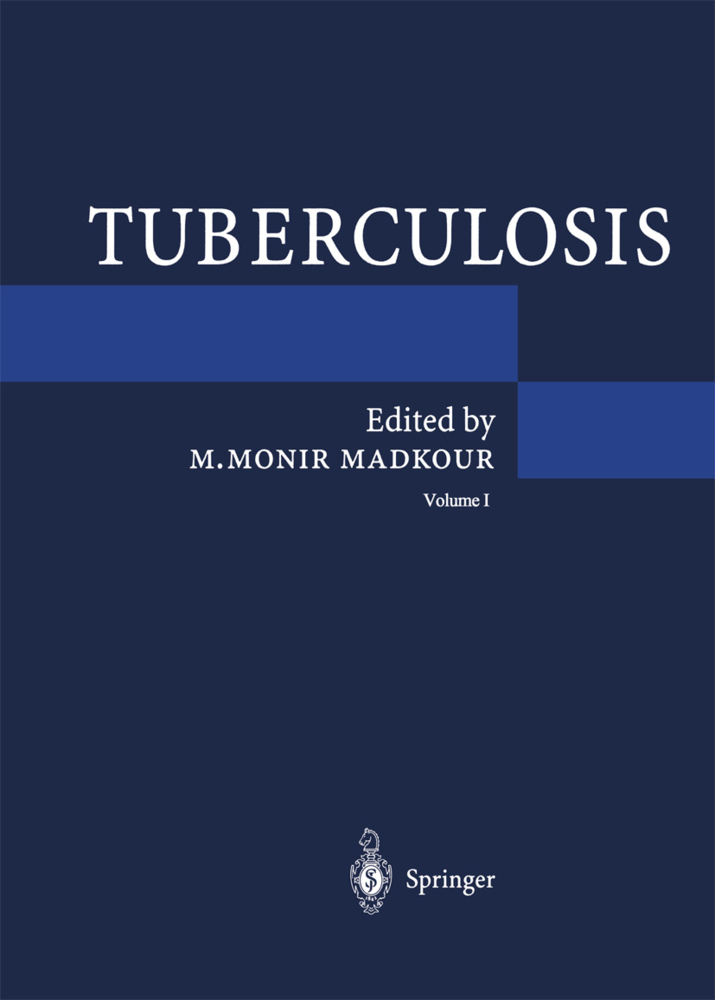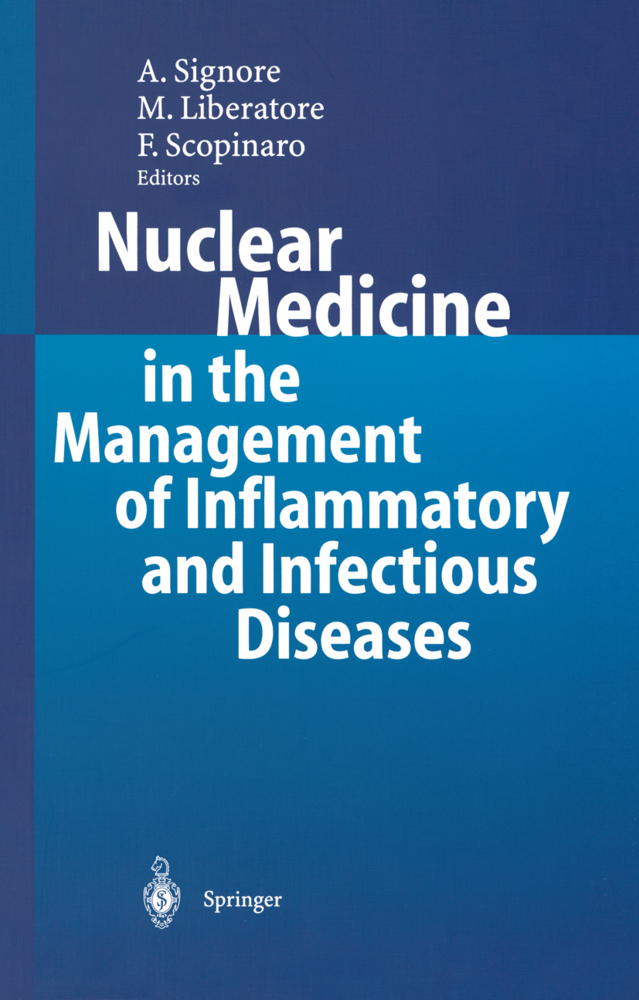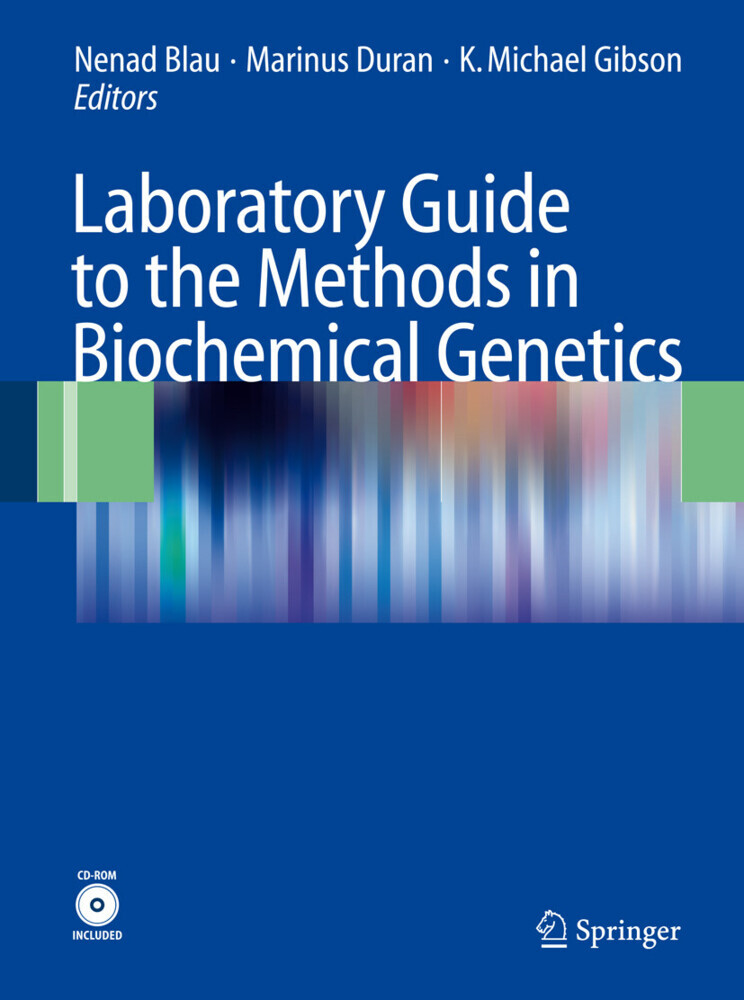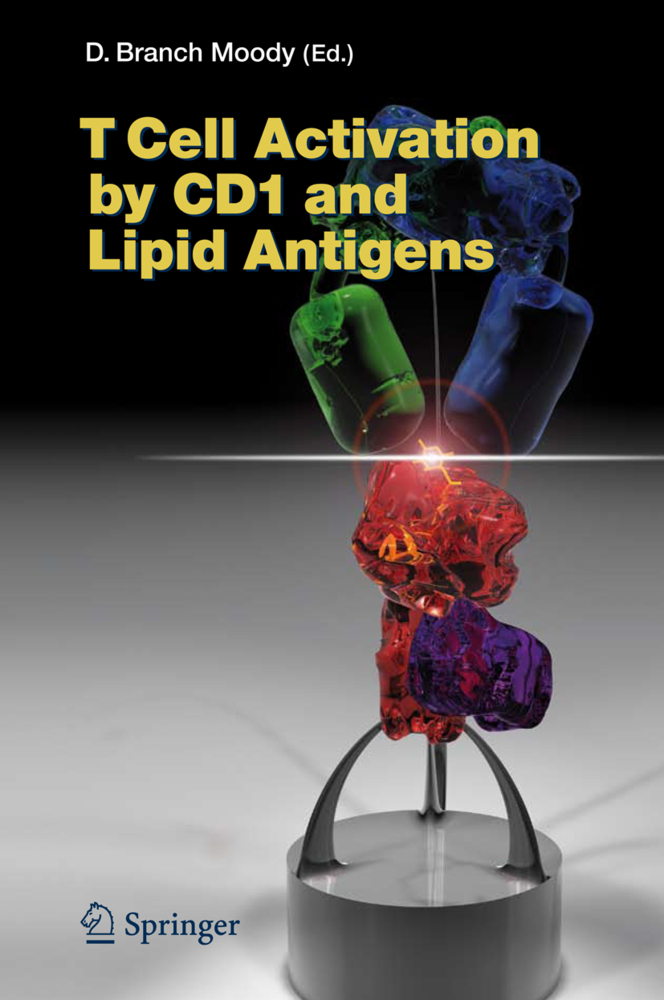Analytical Parasitology
Analytical Parasitology
Parasitic diseases still affect millions of people every year, especially in the tropics, causing considerable morbidity or death. Such infections within livestock are probably an even bigger problem, leading to poorer productivity, condemna tion of infected meat and considerable economic loss. Para sitological research has, however, helped the situation in some cases and the development of novel drugs, vaccines and diagnostics has improved our chances of controlling these diseases. Research into parasitic infections is, therefore, often goal orientated. However, the study of parasites and host/parasite relationships still remains one of the most exciting and in teresting aspects of biology. Scientists, from undergraduate students to research professors, frequently ponder over how endoparasitic organisms can survive within the most alien of environments - inside another organism. The nutritional, reproductive and survival strategies which have evolved within each group of parasites have allowed the development of highly specific host-parasite relationships and allow the successful transmission of the parasite from one host to an other. A considerable amount of research is therefore direc ted at improving our understanding of various aspects of parasite biology.
1.2 Preparation of Enzyme Fractions
1.3 Enzyme Assays
1.4 Metabolite Measurements
1.5 Use of Inhibitors
References
2 Electrophoresis of Parasite Proteins
2.1 Introduction
2.2 Lysis of Parasites and Extraction of Proteins
2.3 SDS-PAGE
2.4 Modifications of Standard Method
2.5 Applications of SDS-PAGE to the Characterisation of Individual Polypeptides
References
3 Molecular Techniques in Analytical Parasitology
3.1Introduction
3.2 Isolation of Parasite Nucleic Acid
3.3 Gel Electrophoresis and Blotting of Nucleic Acid
3.4 Labelling and Hybridisation of DNA Probes
References
4 The Production and Analysis of Helminth Excretory-Secretory (ES) Products
4.1 Introduction
4.2 Collection of Excretory-Secretory (ES) Products
4.3 Acetylcholinesterase
4.4 Proteolytic Enzymes
4.5 Anticoagulants, Blood Coagulation Assays
4.6 Potential Immunomodulators
4.7 Concluding Remarks
References
5 Parasite Proteinases
5.1 Introduction
5.2 Sample Preparation
5.3 Substrates and Proteinase Assays
5.4 Proteinase Inhibitors
5.5 Electrophoretic Methods
5.6 Purification Methods
5.7 Endogenous Inhibitors
5.8 Final Comments
References
6 Neurobiology of Helminth Parasites
6.1 Introduction
6.2 Immunocytochemical Localisation of Neuroactive Substances in Helminth Parasites
6.3 Characterisation and Purification of Neuropeptides
6.4 Physiological Action of Transmitters and Drug Assessment In Vitro
References
7 Electron Microscopy in Parasitology
7.1 Introduction
7.2 Preparation for Transmission Electron Microscopy (TEM)
7.3 Cytochemistry and Staining Protocol in TEM
7.4 Preparation for Scanning Electron Microscopy (SEM)
7.5 Immunogold-Labelling Techniques
References
8 Studies of the Surface Properties, Lipophilic Proteins and Metabolism of Parasites by the Use of Fluorescent and "Caged" Compounds
8.1 Introduction
8.2 Incorporation of Fluorescent Compounds into Membranes
8.3 Using Fluorescent Techniques to Measure Membrane Fluidity
8.4 Distribution of Actin
8.5 Assessment of Parasite Membrane Damage
8.6 Localisation of Probes in Organelles
8.7 Measurement of pH at the Surface of Parasites and Intracellular pH
8.8 The Use of Caged Compounds
8.9 Use of Fluorescent Probes in the Analysis of Parasite Proteins
References
9 Detection and Identification of Parasite Surface Carbohydrates by Lectins
9.1 Introduction
9.2 Lectin-Mediated Trypanosomatid Parasite Agglutination
9.3 Fluorescein-Isothiocyanate (FITC)-Conjugated Lectins
9.4 Peroxidase-Labelled Lectins
9.5 Biotinylated Lectins
9.6 Fixatives and Enzymatic Treatments
9.7 Histological Sections
9.8 Controls
References
10 Immunological Analysis of Parasite Molecules
10.1 Introduction
10.2 Parasite Extracts
10.3 Production of Antibodies to Parasite Molecules
10.4 Enzyme Linked Immunosorbent Assays (ELISA)
10.5 Immunoblotting
10.6 Affinity Chromatography
References.
1 Biochemical Pathways in Parasites
1.1 Introduction1.2 Preparation of Enzyme Fractions
1.3 Enzyme Assays
1.4 Metabolite Measurements
1.5 Use of Inhibitors
References
2 Electrophoresis of Parasite Proteins
2.1 Introduction
2.2 Lysis of Parasites and Extraction of Proteins
2.3 SDS-PAGE
2.4 Modifications of Standard Method
2.5 Applications of SDS-PAGE to the Characterisation of Individual Polypeptides
References
3 Molecular Techniques in Analytical Parasitology
3.1Introduction
3.2 Isolation of Parasite Nucleic Acid
3.3 Gel Electrophoresis and Blotting of Nucleic Acid
3.4 Labelling and Hybridisation of DNA Probes
References
4 The Production and Analysis of Helminth Excretory-Secretory (ES) Products
4.1 Introduction
4.2 Collection of Excretory-Secretory (ES) Products
4.3 Acetylcholinesterase
4.4 Proteolytic Enzymes
4.5 Anticoagulants, Blood Coagulation Assays
4.6 Potential Immunomodulators
4.7 Concluding Remarks
References
5 Parasite Proteinases
5.1 Introduction
5.2 Sample Preparation
5.3 Substrates and Proteinase Assays
5.4 Proteinase Inhibitors
5.5 Electrophoretic Methods
5.6 Purification Methods
5.7 Endogenous Inhibitors
5.8 Final Comments
References
6 Neurobiology of Helminth Parasites
6.1 Introduction
6.2 Immunocytochemical Localisation of Neuroactive Substances in Helminth Parasites
6.3 Characterisation and Purification of Neuropeptides
6.4 Physiological Action of Transmitters and Drug Assessment In Vitro
References
7 Electron Microscopy in Parasitology
7.1 Introduction
7.2 Preparation for Transmission Electron Microscopy (TEM)
7.3 Cytochemistry and Staining Protocol in TEM
7.4 Preparation for Scanning Electron Microscopy (SEM)
7.5 Immunogold-Labelling Techniques
References
8 Studies of the Surface Properties, Lipophilic Proteins and Metabolism of Parasites by the Use of Fluorescent and "Caged" Compounds
8.1 Introduction
8.2 Incorporation of Fluorescent Compounds into Membranes
8.3 Using Fluorescent Techniques to Measure Membrane Fluidity
8.4 Distribution of Actin
8.5 Assessment of Parasite Membrane Damage
8.6 Localisation of Probes in Organelles
8.7 Measurement of pH at the Surface of Parasites and Intracellular pH
8.8 The Use of Caged Compounds
8.9 Use of Fluorescent Probes in the Analysis of Parasite Proteins
References
9 Detection and Identification of Parasite Surface Carbohydrates by Lectins
9.1 Introduction
9.2 Lectin-Mediated Trypanosomatid Parasite Agglutination
9.3 Fluorescein-Isothiocyanate (FITC)-Conjugated Lectins
9.4 Peroxidase-Labelled Lectins
9.5 Biotinylated Lectins
9.6 Fixatives and Enzymatic Treatments
9.7 Histological Sections
9.8 Controls
References
10 Immunological Analysis of Parasite Molecules
10.1 Introduction
10.2 Parasite Extracts
10.3 Production of Antibodies to Parasite Molecules
10.4 Enzyme Linked Immunosorbent Assays (ELISA)
10.5 Immunoblotting
10.6 Affinity Chromatography
References.
Rogan, Michael T.
| ISBN | 9783642478109 |
|---|---|
| Artikelnummer | 9783642478109 |
| Medientyp | Buch |
| Copyrightjahr | 2013 |
| Verlag | Springer, Berlin |
| Umfang | 365 Seiten |
| Abbildungen | XVII, 365 p. 28 illus. |
| Sprache | Englisch |

